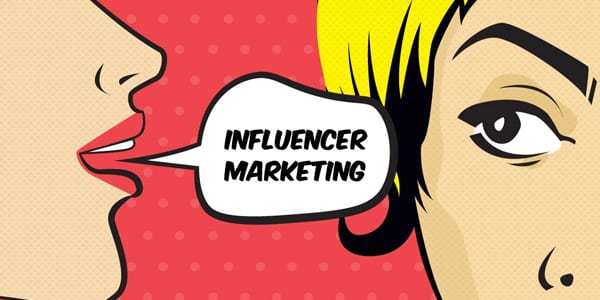 The 1848 discovery of gold in a hitherto sparsely populated part of the world called California sparked one of history’s classic gold rushes. Gold fever brought thousands of migrants to the region, saw entire gold mining ecosystems spring up almost overnight and set California on a new trajectory.
The 1848 discovery of gold in a hitherto sparsely populated part of the world called California sparked one of history’s classic gold rushes. Gold fever brought thousands of migrants to the region, saw entire gold mining ecosystems spring up almost overnight and set California on a new trajectory.
Fast-forward 168 years and another type of gold rush is in full swing. This time in a hitherto under-populated part of the communications industry called influencer relations. Once again entrepreneurs are flooding in, new ecosystems are popping up, and the historical status quo looks sure to be disrupted – as PR, digital and advertising firms all seek to own this expertise.
With so much activity one could be forgiven for thinking influencer relations is an easy place to improve a brand’s fortune. However, just as prospectors have always found, any gold rush can be fraught with hazards. As someone who’s worked with influencers for more than a decade, I thought it might be useful to map out six common pitfalls.
1. There’s a lot of partisan advice:
The people representing tier-one influencers with mega followings will tell you their incredible reach is the best way to connect with your customers. Influencers from the power-middle will tell you their red-hot relevance is what counts. Micro-influencers will tell you their incredible resonance is a game-changer. The truth is, choosing the right influencer needs extremely careful deliberation and the optimal candidates will always be unique to your resources and objectives. Talking to someone familiar with all three segments will help you identify the right candidates.
2. It’s a two-way street:
Brands know who they want to connect with, and what they want those people to hear. Influencers know what their audience is interested in and how to establish a conversation with their fans. When you feel you’ve found exactly the right influencer, knowing how to inspire them to get the best possible creative results is a massively underestimated skill. Working with third parties with a hands-on approach and a proven track record is a must.
3. Don’t disrespect the craft:
Some communications professionals are still flabbergasted by the income and power that influencers can wield. Rather than recognizing the amazing audience knowledge they have, or their ability to create magical material, some critics try to dismiss the craft as gimmickry. They see a price tag and link it only to a series of images and the creation of a two minute video. Understanding the value proposition you are buying into is fundamental to good decision-making and trust on all sides.
4. Beware the law:
Even two years ago it could feel like the influencer scene was a little anarchic. With few concrete laws in place and patchy disclosure patterns, consumer clarity on commercial partnerships was inconsistent at best. Today the law in most developed markets is catching up fast and an increasing number of influencers, third parties and brands are being caught out. Knowing what optimum disclosure looks like is now a table stake.
5. Sophistication is sky high:
To minimize risk for all parties, detailed contracts are becoming the norm. Understanding the myriad of commercial options available to you, and how to navigate your way through the small print has become a vital part of the influencer landscape.
6. Agree what success looks like:
Some brands continue to demand greater clarity on the value of influencers and their ability to deliver ROI. But let’s be clear – we have now passed the tipping point – the question today isn’t if influencers deliver, but how best to optimize your influencer campaign through a paid, earned, shared and owned media model for maximum impact. In our experience, it all goes back to individual project objectives and how you’re measuring success.
My involvement in influencer relations not just been very positive, but also energizing. We’ve worked with some extraordinary creators and many pioneering brands in the early years, and we are lucky to be doing so now as well. We’ve worked with influencers in all genres, opinion leaders, experts, ambassadors, creators, celebrities, activists and health care professionals to produce some remarkable content that has driven our clients’ messages forward.
I hope these tips help you avoid the hazards and mine the kind of branded content that consumers treasure.
A version of this article can be found at PRMoment.


